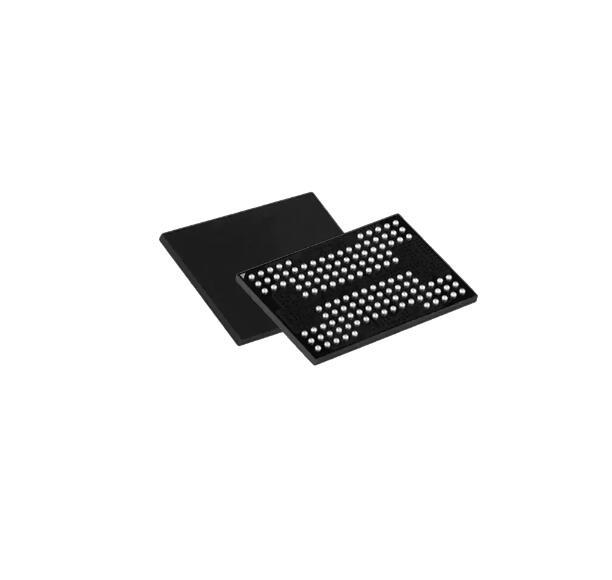Embedded chips are the backbone of modern electronics, tasked with processing and storing vast amounts of data. The storage capacity of these chips is a critical factor that directly influences their performance. As technology advances, the demand for higher storage capacities in embedded chips has grown exponentially, leading to a need for a deeper understanding of how memory size affects their operational capabilities.
The performance of embedded chips is intricately linked to their storage capacity. Larger storage allows for more data to be processed and retained, which can lead to faster processing times and more efficient data retrieval. However, increasing the storage capacity of embedded chips also presents several challenges that must be addressed to ensure optimal performance.
One of the primary challenges is the physical limitation of the chip's size. As embedded chips are often used in compact devices, there is a limit to how much storage can be physically integrated into the chip without compromising its size. This constraint necessitates innovative solutions, such as the development of more efficient memory technologies that can store more data in a smaller space.
Another factor to consider is the speed at which data can be written to and read from the storage. Embedded chips with faster memory access times can process information more quickly, leading to improved performance. However, increasing the speed of memory often comes at the cost of increased power consumption, which can be a significant concern for battery-powered devices.
The type of storage used in embedded chips also plays a role in their performance. Traditional NAND flash memory, for example, has been the go-to storage solution for many embedded applications due to its non-volatility and relatively low cost. However, newer memory technologies, such as 3D XPoint or MRAM, offer faster read and write speeds, which can significantly enhance the performance of embedded chips. These advanced memory technologies, while promising, are still in the early stages of adoption and may come with higher costs and manufacturing complexities.
In addition to the physical and technological aspects, the software that manages the storage on embedded chips also impacts performance. Efficient data management algorithms can optimize the use of available storage, ensuring that the most frequently accessed data is readily available and that less critical data is stored in a way that minimizes access times. This optimization can lead to significant performance improvements, especially in applications where data retrieval speed is critical.
The balance between storage capacity and performance is also influenced by the specific application of the embedded chip. For instance, a chip used in a high-definition video camera will require a larger storage capacity and faster write speeds to handle the large amounts of data generated by the camera. In contrast, a chip used in a simple temperature sensor may not need as much storage or as fast memory access times.
In conclusion, the storage capacity of embedded chips is a critical factor that directly affects their performance. As technology continues to evolve, the demand for higher storage capacities will only increase. To meet this demand, the industry must continue to innovate in areas such as memory technology, chip design, and data management software. By addressing these challenges, the performance of embedded chips can be optimized, ensuring that they continue to meet the needs of the ever-growing array of applications they support.
